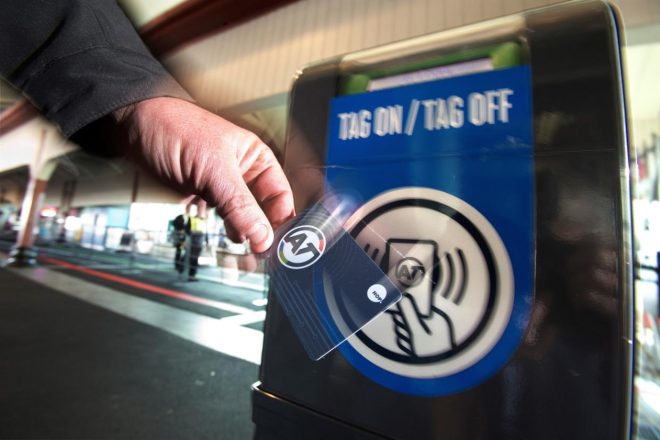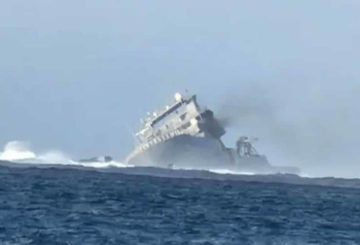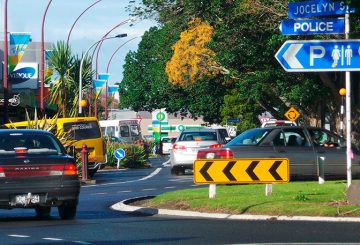오클랜드 교통은 2월부터 대중교통 요금을 5.2% 인상하고 요금 구역을 14개에서 9개로 줄이고자 합니다.이 방안은 목요일 시의회에서 논의될 예정이다.그들은 증가하는 운영 비용을 충당하기 위해 요금 인상이 필요하다고 주장합니다.
예를 들어 홉 카드가 있는 한 구역의 성인 요금은 2.60달러에서 2.80달러 (약 7.7% 추가) 로 인상될 것입니다.인기 있는 2개 구역 요금은 4.45달러에서 4.65달러로 인상됩니다.주간 요금 상한선인 50달러는 그대로 유지되지만, 와이헤케 아일랜드 페리의 월간 패스 가격은 370달러에서 419달러로 13.2% 인상됩니다.
오클랜드 트랜스포트는 지난 한 해 동안 운영 비용이 6천 3백만 달러 증가했다고 밝혔습니다.비용은 운임, 의회 보조금, 국토 교통 기금 및 광고로 충당됩니다.대중 교통은 많은 보조금을 받고 있으며, 평균 열차 요금은 12.34달러이지만 승객은 약 3.06달러만 지불합니다.요금 인상으로 승객이 지불하는 부분이 33.64% 에서 34.79% 로 변경됩니다.
요금 구조도 변경될 예정입니다.구역 수가 4개로 단순화될 예정입니다.일부 요금 변경에는 비치랜드에서 실비아 파크까지의 요금을 6달러에서 4.65달러로 인하하는 한편 보타니 다운스에서 오클랜드 공항까지의 요금을 2.60달러에서 2.80달러로 인상하는 것이 포함됩니다.
대니얼 뉴먼 (Daniel Newman) 시의원도 특히 생활비 위기 상황에서 요금 인상에 대해 실망감을 드러냈지만, 그 필요성은 잘 알고 있다.그는 “이로 인해 대중교통 이용자들의 삶이 더 힘들어진다”고 말하며 이로 인한 어려움을 인정했다.하지만 그는 요금 납부자에게 이러한 비용을 전액 충당해 달라고 요청하고 싶지는 않습니다.
오클랜드 교통국은 운영 비용과 요금 납부자의 지원 사이에서 균형을 맞추기 위해 매년 요금을 검토한다고 밝혔다.작년에 그들은 요금을 평균 6.2% 인상했으며, 이제 비용을 충당하기 위해서는 5.2% 인상이 필요합니다.이 회사는 2025년 2월에 요금 체계를 더욱 간소화할 계획이며, 일부 통근자, 특히 장거리 통근자들이 요금 인하 혜택을 받을 수 있기를 희망합니다.


















































-360x245.jpg)











